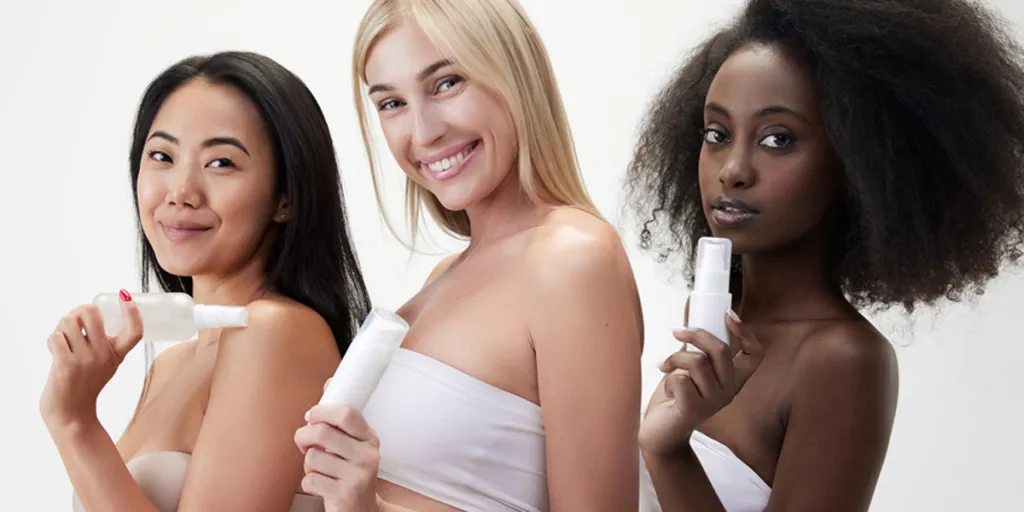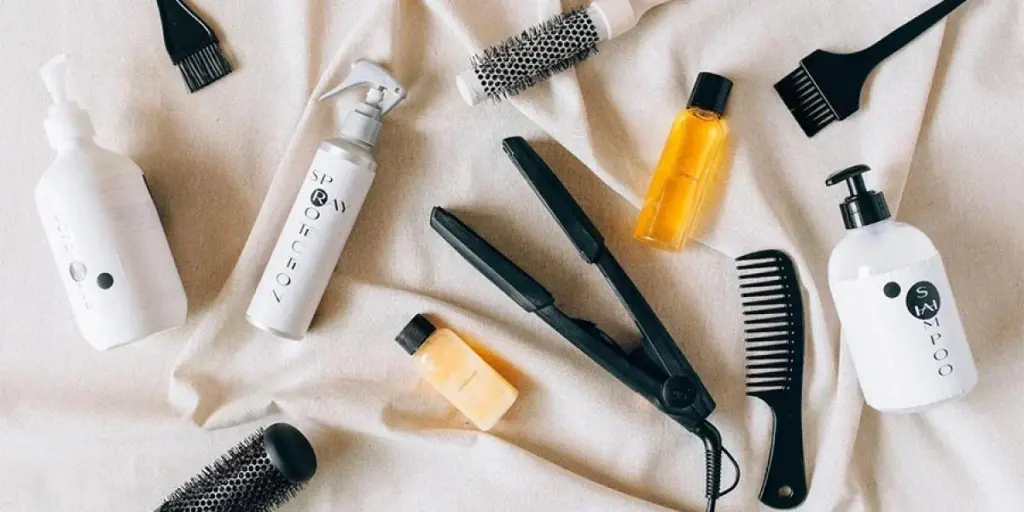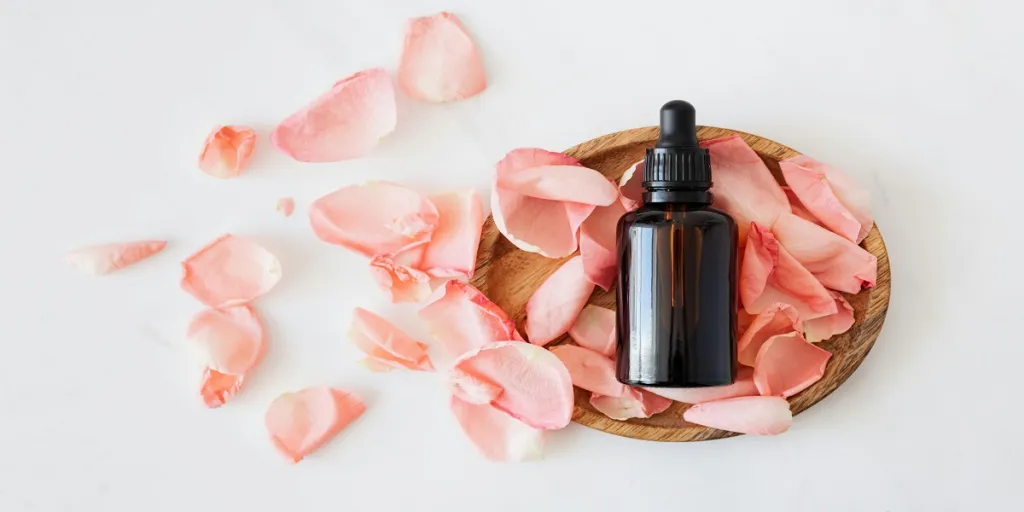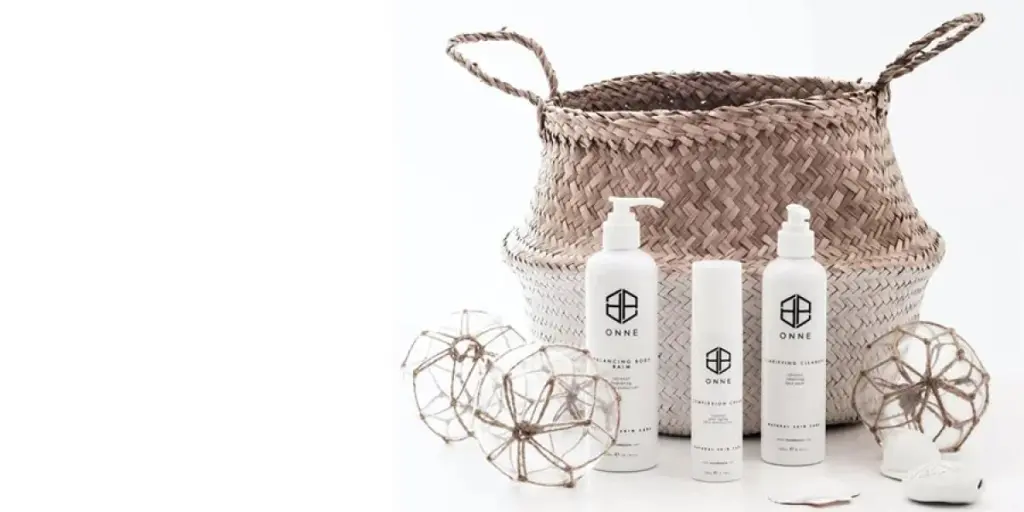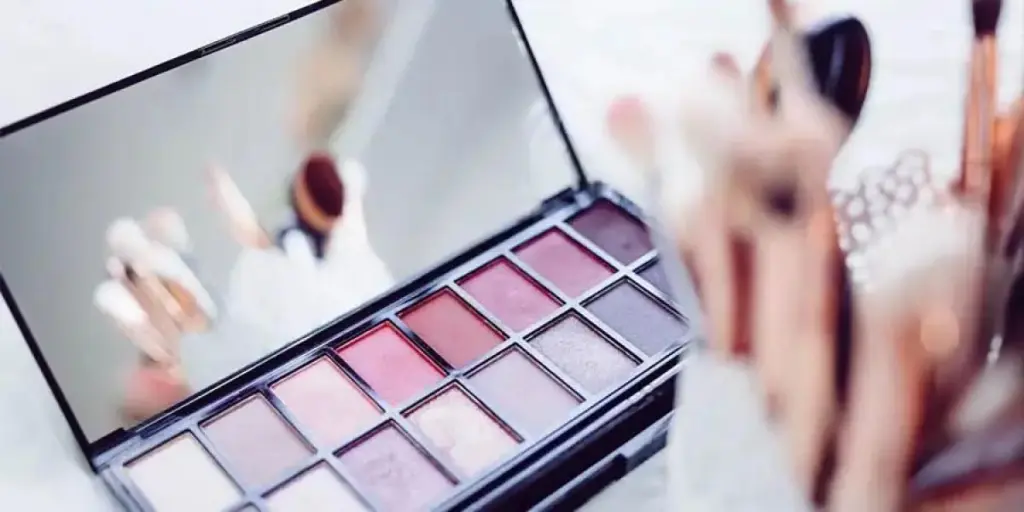The beauty industry has witnessed a revolutionary shift towards inclusivity, challenging traditional beauty standards, and celebrating diversity. This transformation has been long overdue, and as the industry becomes more aware of its impact on society, brands are redefining beauty by embracing inclusivity.
So, let’s talk about why embracing inclusivity as a business is critical, particularly in the beauty industry.
Table of Contents
What is inclusive beauty?
Why is embracing inclusivity critical in the beauty industry?
How to be an inclusive beauty brand
Final thoughts
What is inclusive beauty?
Inclusivity refers to a commitment to embracing and representing the diversity of human experiences, appearances, and identities. It involves acknowledging and celebrating the uniqueness of individuals, irrespective of their race, ethnicity, gender, age, body type, abilities, or any other characteristic.
In a genuinely inclusive beauty industry, all individuals should feel seen, valued, and catered to in terms of product offerings and marketing representation.
Why is embracing inclusivity critical in the beauty industry?

1. Representation matters
One of the most significant reasons inclusivity is crucial in the beauty industry is the undeniable importance of representation. For far too long, beauty standards have been narrowly defined, excluding a vast array of ethnicities, body types, and gender identities. The lack of representation can be disheartening and alienating for those who don’t fit the conventional mold.
When people see themselves represented in beauty campaigns, advertisements, and product offerings, it sends a powerful message—that they are seen and acknowledged, and their unique beauty is celebrated. This boosts confidence, helps break down stereotypes, and fosters a more inclusive society.
2. Meeting diverse consumer needs
The global consumer base is incredibly diverse, and beauty brands are starting to recognize that catering to this diversity is not just a moral imperative but also a smart business move. Consumers want to see products that meet their specific needs, whether in terms of skin tone, hair type, or cultural preferences. In a 2023 report, Mintel noted that 53% of consumers struggle to find beauty products that match their skin tone.
Embracing inclusivity in product lines not only broadens a brand’s appeal but also opens up new markets. As the world becomes more interconnected, beauty brands that fail to adapt to changing demographics risk losing a significant portion of their potential customer base.
While meeting diverse consumer needs is essential, doing so simply based on business financial gain is not what inclusivity is about. Consumers actively seek out genuinely inclusive brands. A recent survey conducted by Accenture found that 41% of consumers have shifted away from a brand due to their perceived lack of diversity and inclusion. Furthermore, consumers are so dedicated to authenticity that, according to Mintel, 78% want to see unedited images in beauty advertisements.
3. Challenging beauty stereotypes
Traditional beauty standards have perpetuated harmful stereotypes, leading to a narrow and often unattainable definition of beauty. Inclusivity in the beauty industry challenges these stereotypes, encouraging a more realistic and diverse representation of what is considered beautiful.
By featuring a wide range of skin tones, body shapes, and gender expressions, beauty brands send the message that beauty comes in many forms. This promotes self-acceptance and encourages a cultural shift towards celebrating differences rather than conforming to a singular, often unattainable, ideal.
4. Boosting self-esteem and mental well-being
The impact of beauty standards on mental health cannot be overstated. Constant exposure to a limited and idealized version of beauty can lead to low self-esteem, body dissatisfaction, and even mental health issues, particularly among young people. Negative body image impacts everyone, with 31% of teenagers and 35% of adults feeling ashamed or depressed because of how they perceive their bodies.
Embracing inclusivity in the beauty industry helps dismantle the harmful narrative that only a certain look is desirable. When individuals see diverse representations of beauty, it promotes a more positive self-image and contributes to improved mental well-being. This is especially important in a world where social media and advertising heavily influence perceptions of beauty.
5. Social responsibility and ethical branding
Consumers today are more socially conscious than ever before. They want to support brands that align with their values, and inclusivity is increasingly becoming a non-negotiable aspect of those values. Brands that fail to embrace inclusivity risk being perceived as out of touch or, worse, perpetrators of harmful beauty standards.
By prioritizing inclusivity, beauty brands demonstrate a commitment to social responsibility; this helps build brand loyalty and contributes to the broader societal shift towards more ethical and responsible consumerism.
How to be an inclusive beauty brand
Now that you understand inclusivity and its role in the beauty industry, the critical question is: how can you make your brand more inclusive? Here are some things to consider that can make your brand more inclusive.
Product range

Inclusive beauty means offering products that cater to a wide range of skin tones, hair textures, and other unique characteristics. This includes developing makeup shades that suit a diverse array of complexions, hair care products for different textures, and skincare solutions that address a variety of needs.
Inclusivity in the beauty industry also involves the language used in product descriptions. Descriptions focusing solely on traditionally desirable features may alienate individuals who don’t conform to those standards.
Representation in marketing

Inclusivity extends to marketing and advertising efforts. Brands prioritizing inclusivity ensure their campaigns feature models and influencers from various backgrounds and body types, showcasing a broad spectrum of beauty. This representation helps challenge narrow beauty standards and promotes a more realistic and diverse perception of beauty.
Inclusive language
Inclusivity in marketing extends beyond visual representation and should prioritize inclusive language. As mentioned above, inclusive language can play a critical role in product descriptions, but how else can we think about inclusive language?
- Historically, beauty language has often been laden with assumptions and stereotypes, reinforcing narrow ideals. Terms like “universal beauty” or “one-size-fits-all” have perpetuated an exclusionary narrative, excluding individuals whose appearances deviate from conventional standards. Embracing inclusivity requires a departure from such language. Instead of promoting a singular definition of beauty, inclusive language acknowledges and celebrates the diversity of appearances, emphasizing that beauty is subjective and unique to each individual.
- Traditional beauty language has, at times, included terms with negative connotations, contributing to stigmatization. For instance, words like “flaws” or “imperfections” imply that certain natural features are undesirable. Inclusive language refrains from stigmatizing terms and instead focuses on empowering individuals. Phrases like “unique features” or “individual characteristics” convey a positive message, encouraging people to embrace what makes them distinct rather than viewing their natural attributes as flaws.
Inclusive language and gender

Like many others, the beauty industry is evolving to be more gender-inclusive. Recognizing and respecting diverse gender identities is crucial to language usage.
Brands can adopt inclusive language by using gender-neutral pronouns or addressing their audience with terms like “everyone” or “all individuals.” This helps create an environment where people of all gender identities feel acknowledged and valued.
Accessible language
Inclusivity also extends to ensuring that language is accessible to everyone. Complex or exclusive terminology can create barriers for individuals. Using positive and clear language helps ensure the messaging is inclusive and easily understood. This approach is particularly relevant in product instructions, as it ensures that consumers of diverse backgrounds can confidently use and enjoy the products without feeling excluded.
Workforce diversity

Inclusive beauty also involves fostering diversity within the industry’s workforce. This includes hiring individuals from different backgrounds, cultures, and experiences, as well as ensuring that decision-makers and creative teams reflect the diversity of the consumer base.
Listen to feedback
Inclusivity also involves an open and receptive approach to consumer feedback. Brands that actively seek and listen to feedback can refine their language to better resonate with their audience.
If consumers express concerns or suggest improvements related to inclusive language, brands can demonstrate their commitment to inclusivity by adapting their communication accordingly.
Final thoughts
Inclusivity should always be considered when creating and marketing products. This is especially true in the beauty industry, where the impact on the community is huge. But inclusivity is not just about creating inclusive products and marketing campaigns; it’s about creating a safe and accepting environment for all.
